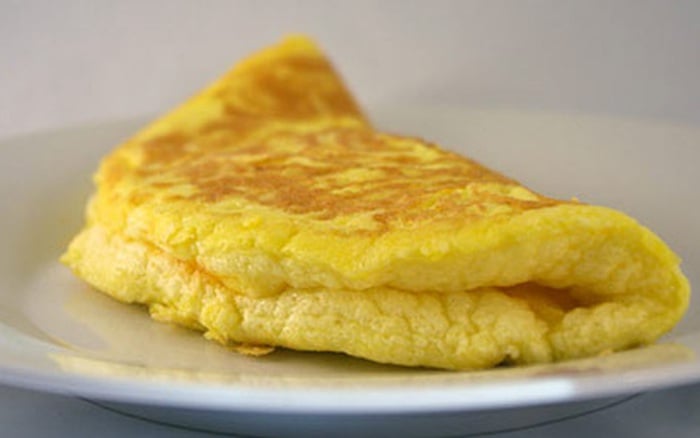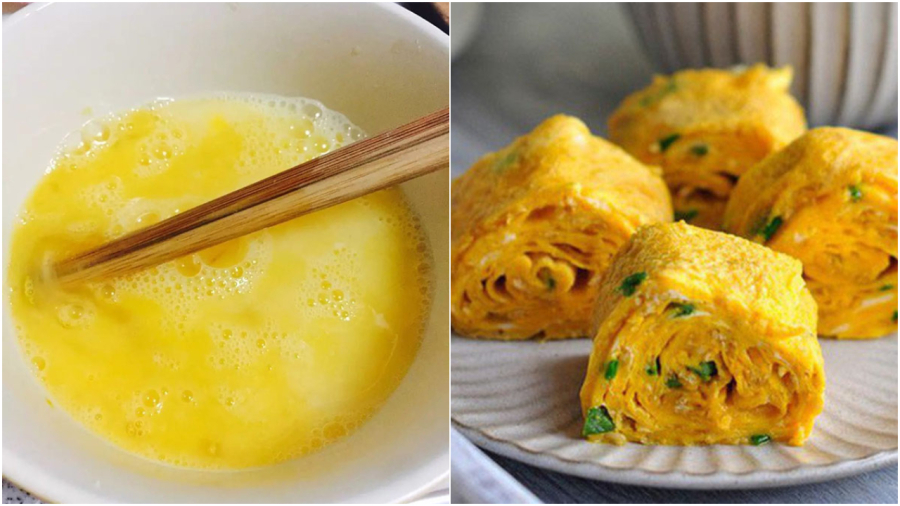Fried eggs are a familiar dish in Vietnamese cuisine. This nutritious dish is rich in vitamins, minerals, calcium, and protein. It is also quite affordable, making it a popular choice for many. To make your fried eggs more delicious, attractive, and economical, try these secrets when frying eggs.
Add a little boiling water to the beaten eggs
When frying eggs, adding 1-2 tablespoons of water to two beaten eggs can make a noticeable difference in the final dish. The addition of water slows down the cooking process, giving the eggs more time to cook and expand, resulting in a fluffier and larger dish, even doubling the quantity compared to the traditional method.
Some may worry that adding water will dilute the eggs, but in reality, most of the water will evaporate during the frying process.

How to Fry Eggs to Make Them Tastier and More Abundant
Add a little baking powder to the beaten eggs
If you want to make your fried eggs go further, try adding ¼ teaspoon of baking powder to the beaten egg mixture and whisking well. This is a clever trick to make the eggs fluffier and double or even triple their original volume. It’s also important to note that you should only add the eggs to a hot pan and maintain a high, consistent heat to allow the eggs to puff up. This will also ensure that your fried eggs are tasty and appealing.
Add a little butter for extra flavor
When frying eggs, don’t hesitate to add a few small cubes of butter from your fridge to the egg mixture and beat well. As the butter melts, it creates a “buffer” between the proteins in the eggs, resulting in a softer, smoother dish as the egg proteins cannot cling to each other.

How to Fry Eggs to Make Them More Abundant Than Usual
Add a few drops of lemon juice
Adding 2-3 drops of lemon juice to the egg mixture before beating is a little-known trick to making delicious fried eggs. The lemon juice helps create a fluffy, soft texture, a distinctive aroma, and a beautiful golden color.
The Ultimate Guide to Slashing Your Energy Bills: 3 Fridge Essentials
The efficient use of refrigerators to save energy is a topic of interest to many. With rising energy costs and a growing awareness of environmental sustainability, it’s no wonder that homeowners are seeking ways to optimize their refrigerator usage. The key lies in understanding the intricacies of these appliances and employing strategic practices to reduce energy consumption without compromising on functionality. This introduction sets the tone for an informative guide that promises to empower readers with practical tips and insights for achieving energy efficiency in their refrigerator usage.






































